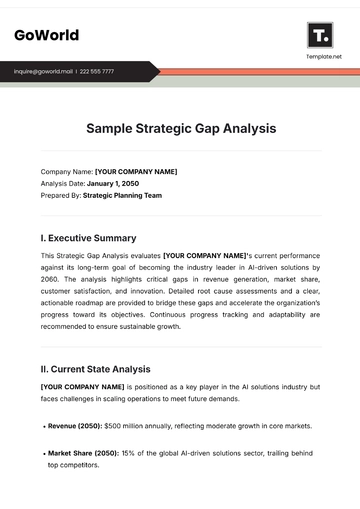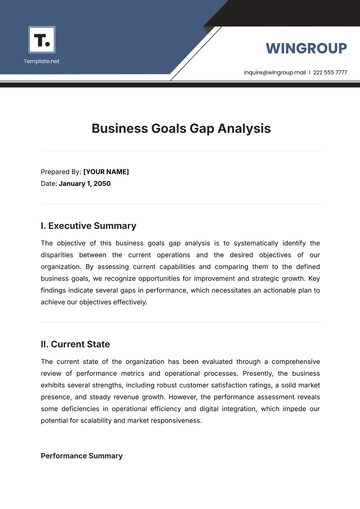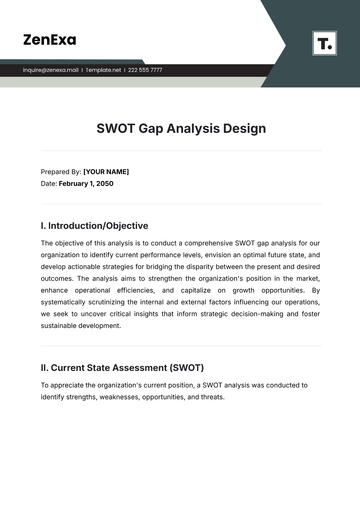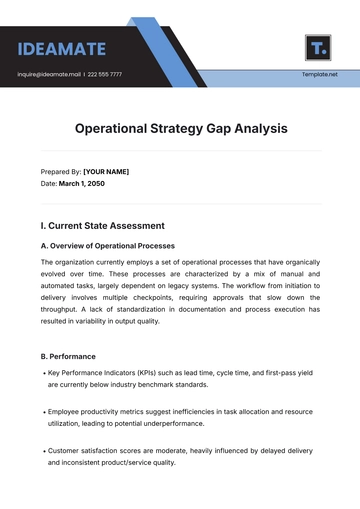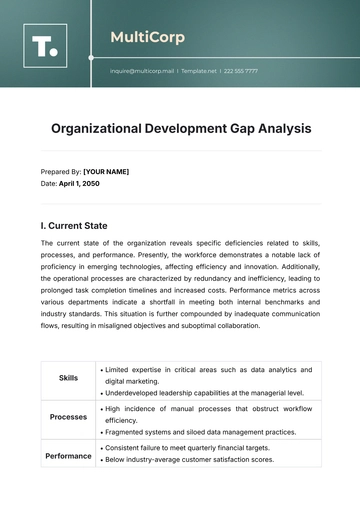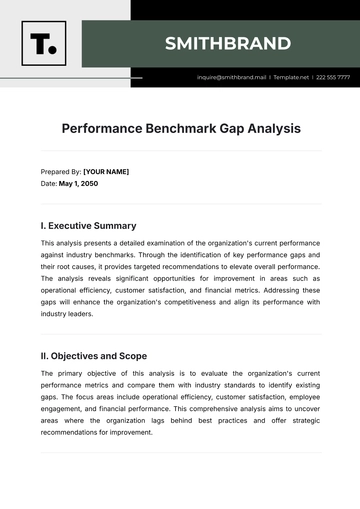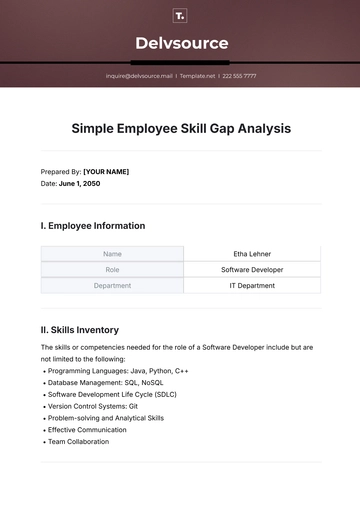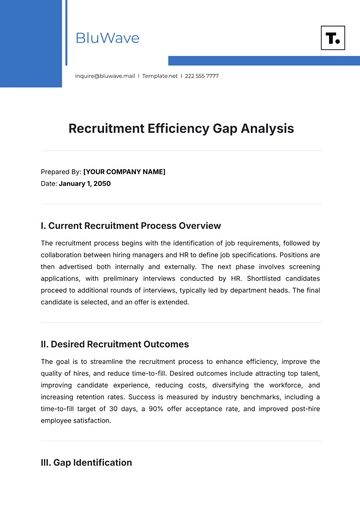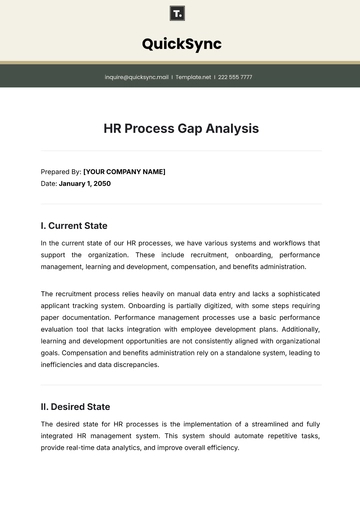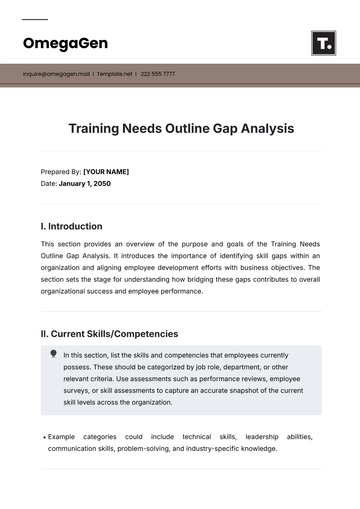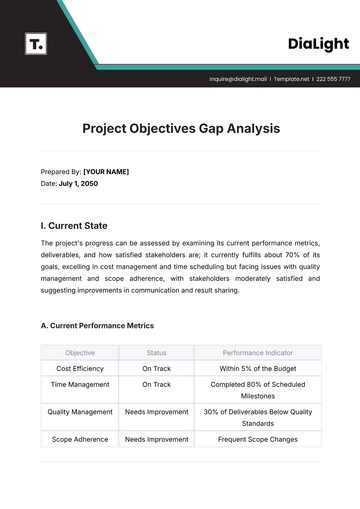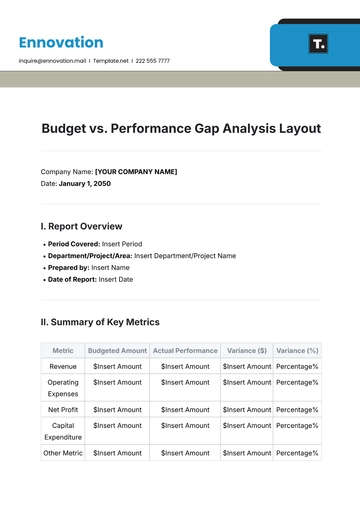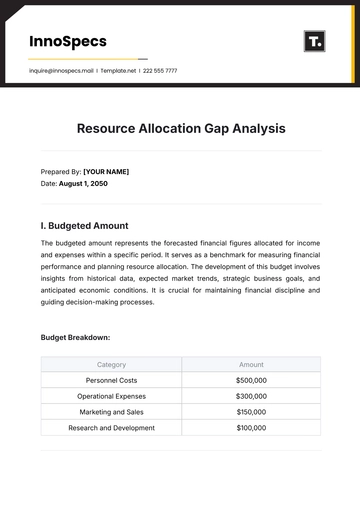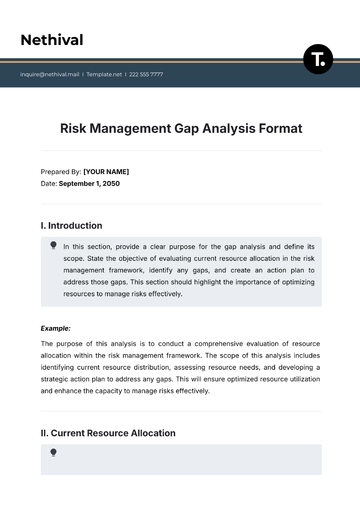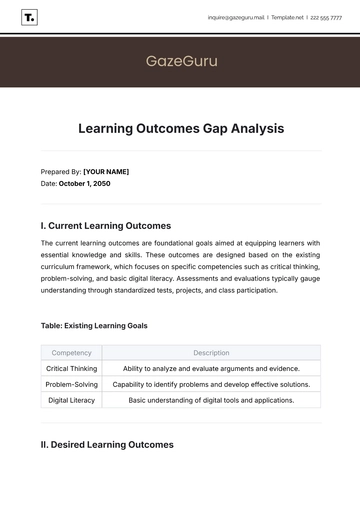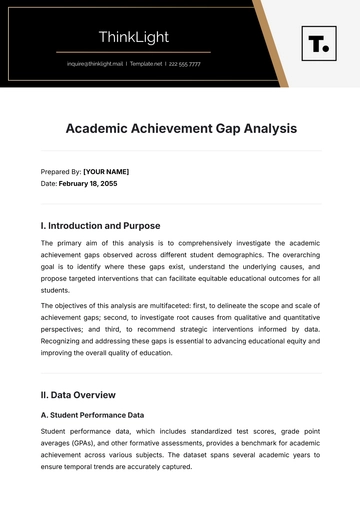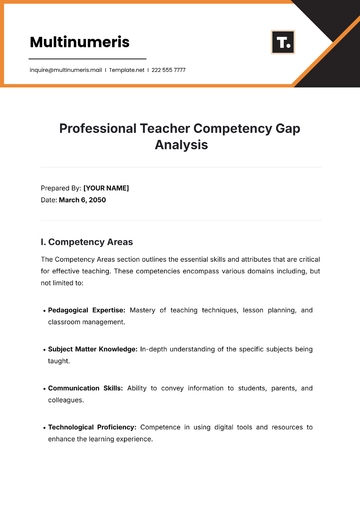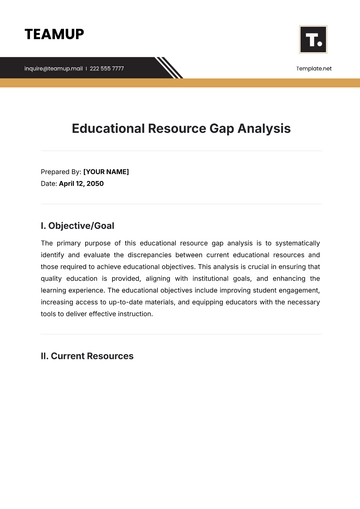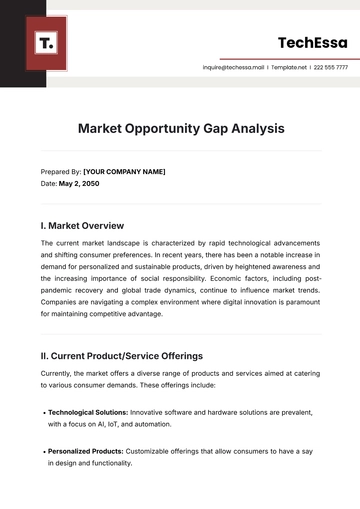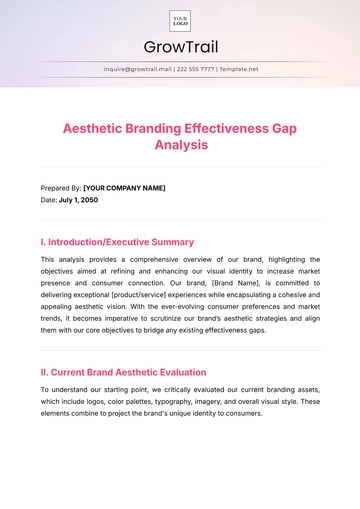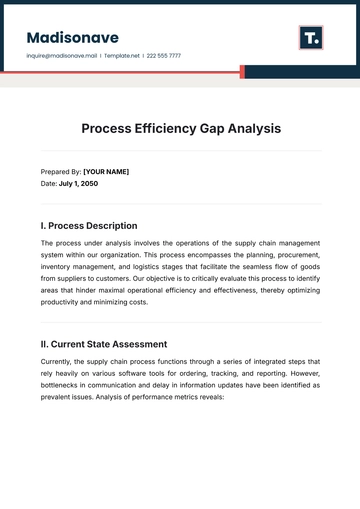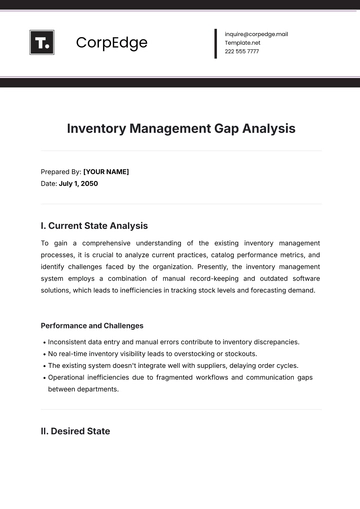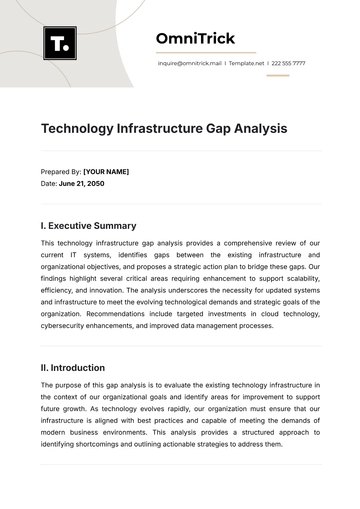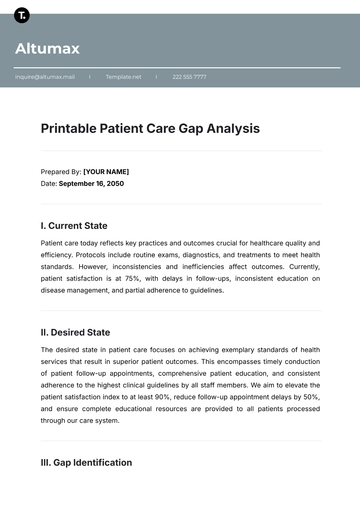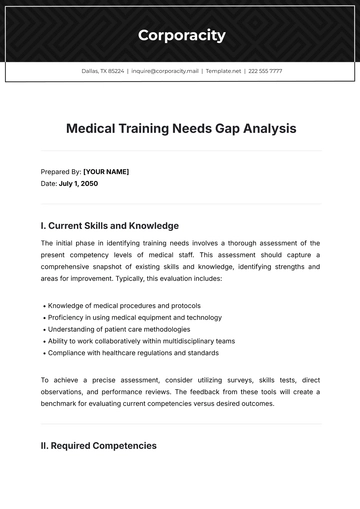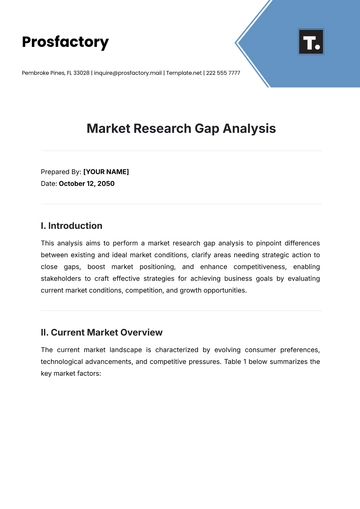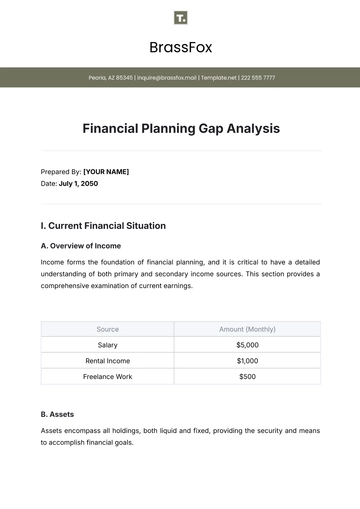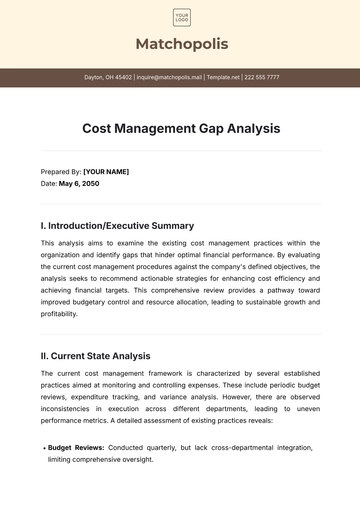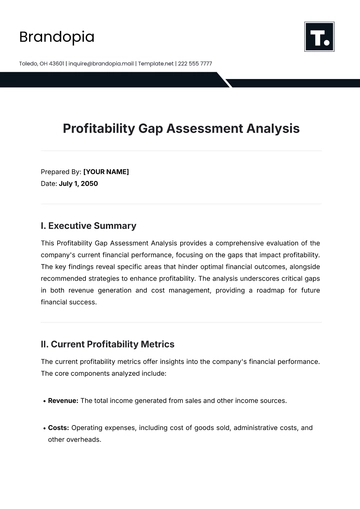Free Salon Staff Analysis
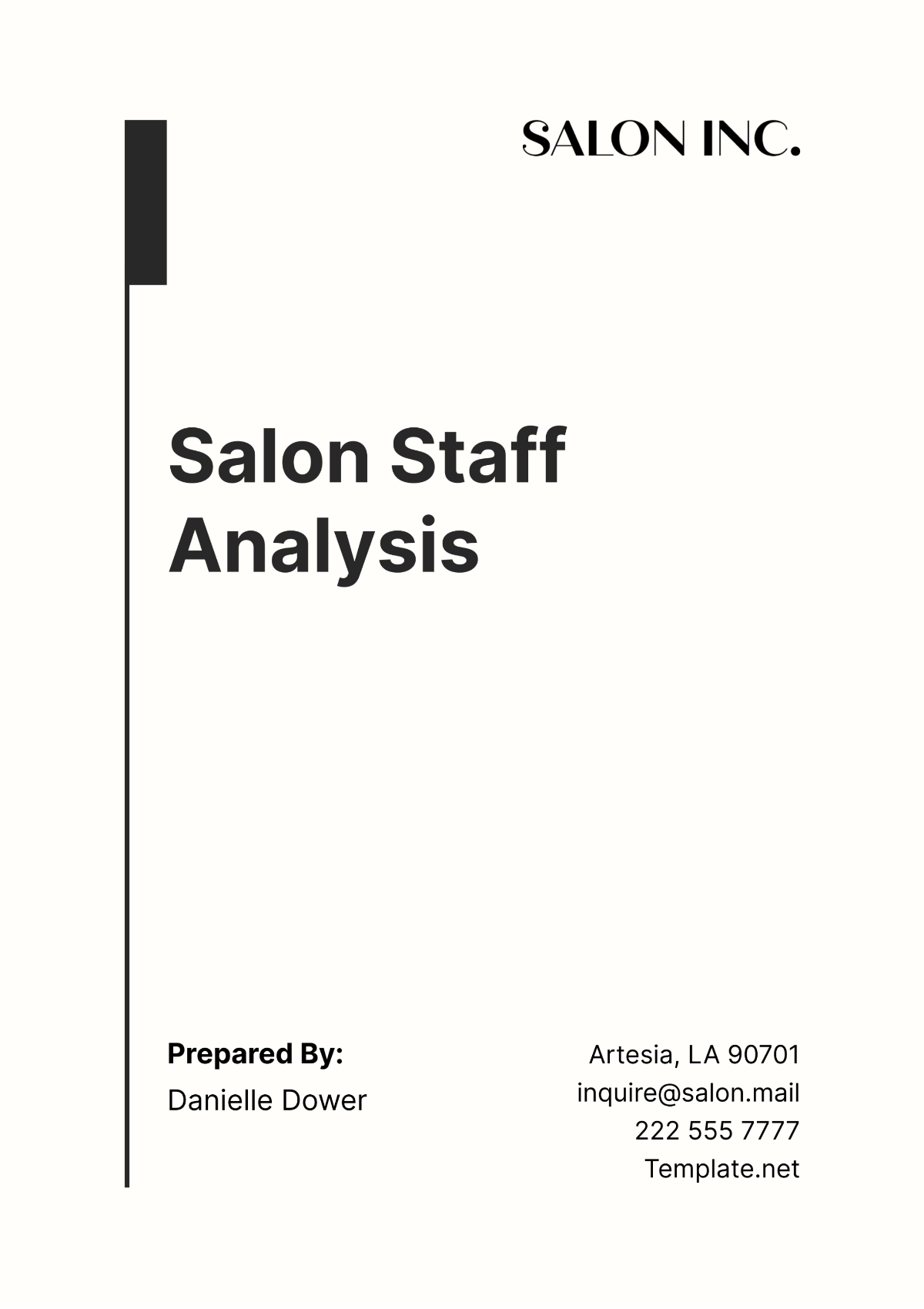
1. Introduction
In the competitive world of personal grooming, the performance and dynamics of salon staff are integral to a salon's success and reputation. At [Your Company Name] in [Your Company Address], we recognize the pivotal role that effective team management plays in enhancing productivity and client satisfaction. This Salon Staff Analysis is designed to provide a comprehensive examination of how our team operates, focusing on key areas such as efficiency, customer satisfaction, and staff retention.
Objective of Analysis: The primary aim of this analysis is to scrutinize our current practices and identify both strengths and areas needing improvement. By achieving a deeper understanding of these dynamics, we aim to enhance productivity and foster a workplace environment that promotes higher employee satisfaction and reduces turnover rates. This, in turn, supports our strategic planning efforts and secures the long-term success and sustainability of our salon.
Importance of Staff Dynamics: Understanding and optimizing staff dynamics are crucial for several reasons:
Productivity: Efficient staff management directly correlates with higher service output and better quality of services.
Customer Satisfaction: Satisfied employees are more likely to deliver superior customer service, enhancing client retention and attracting new business through positive word-of-mouth.
Employee Retention: A positive work environment reduces turnover, lowers recruitment costs, and retains expertise and talent within the salon.
2. Methodology
To ensure a thorough and unbiased analysis, we employed a mixed-methods approach combining both quantitative and qualitative research techniques. This methodology was chosen to capture a holistic view of our salon's operations and staff performance, ensuring that all aspects of staff dynamics are comprehensively assessed.
Quantitative Data Collection:
Performance Metrics: Key performance indicators such as service time per customer, revenue per staff member, and client return rates were meticulously recorded and analyzed. These metrics provide objective data on the efficiency and financial contribution of our staff.
Employee Surveys: Staff were asked to complete detailed surveys assessing their job satisfaction, workplace conditions, and any areas they felt needed improvement. These surveys help us gauge the morale and engagement of our team.
Qualitative Feedback Collection:
Customer Feedback Forms: These were distributed to clients after their service completion to collect their opinions on the quality of service and their overall experience.
Staff Interviews: In-depth interviews with both salon owners and stylists were conducted to gather qualitative insights into the day-to-day operations and interpersonal dynamics within the team.
Benchmarking: We also compared our findings against industry benchmarks to understand how our salon measures up against similar businesses in terms of efficiency, satisfaction, and retention. This comparative analysis helps identify best practices and areas where our salon may need to adopt new strategies.
3. Key Findings
Staff Productivity:
Our analysis revealed a 5% reduction in average service time per customer from the previous year, suggesting an improvement in operational efficiency.
Revenue per staff member has increased by 8%, indicating not only higher efficiency but also possibly better upselling skills and customer retention.
Employee Satisfaction:
Approximately 75% of our staff reported high levels of job satisfaction, a testament to our salon's positive work environment.
However, staff also expressed desires for more flexible scheduling options and opportunities for continued education and professional development, highlighting areas for potential enhancement.
Customer Feedback:
An impressive 92% of customers rated their experience as either "Excellent" or "Very Good," showing strong customer approval and satisfaction with our services.
The increase in revisit rates by 10% year over year suggests high customer loyalty, but it also sets a benchmark for continuous improvement in customer engagement strategies.
These findings provide a valuable insight into the operational strengths and weaknesses of [Your Company Name], offering a clear direction for future improvements and adjustments. The next sections will delve deeper into the specific insights drawn from the data and develop actionable recommendations to address the identified challenges and opportunities.
4. Insights from the Data
The data collected provides significant insights into the operational efficiency, staff satisfaction, and customer engagement at [Your Company Name]. To enhance clarity and enable better decision-making, the key metrics have been expanded and visualized in the table below:
Table: Detailed Analysis of Staff and Customer Metrics
Metric | Current Year Value | Previous Year Value | Change (%) | Industry Benchmark |
|---|---|---|---|---|
Average Service Time per Customer | 30 min | 31.5 min | -5% | 28 min |
Revenue Per Staff Member | $2,000/week | $1,850/week | +8% | $2,100/week |
Customer Satisfaction Rating | 92% | 89% | +3% | 90% |
Employee Satisfaction Level | 75% | 70% | +7% | 80% |
Discussion of Insights:
Service Time Efficiency: The decrease in average service time per customer reflects improved operational efficiency, but when compared to the industry benchmark, there is still room for improvement. Strategies for further reducing service time could involve refining booking schedules or enhancing stylist training.
Revenue Generation: The increase in revenue per staff member is encouraging and surpasses the previous year's performance. However, when measured against the industry benchmark, our salon still has potential to grow. Focused strategies on upselling and enhancing customer service could bridge this gap.
Customer Satisfaction: Our customer satisfaction rate is high and shows improvement from the previous year, slightly above the industry average. This metric underscores the quality of service provided but also highlights the importance of continuous enhancement in customer experience to maintain competitive advantage.
Employee Satisfaction: Although there's been a positive shift in employee satisfaction, it still falls short of the industry standard. This discrepancy points to the need for more focused efforts in addressing employee concerns, particularly around scheduling flexibility and professional growth opportunities.
5. Actionable Recommendations
Based on the insights derived from the data, the following recommendations are proposed to address identified challenges and capitalize on areas of strength:
Implement a Flexible Scheduling System: To improve staff morale and better accommodate personal commitments, introduce a flexible scheduling system that allows for shift swaps and part-time options. This flexibility can help reduce burnout and improve overall job satisfaction, aligning closer with industry benchmarks.
Develop a Continuous Education Program: Establish ongoing training programs that focus on both technical skills and customer service excellence. Partner with product suppliers for workshops, and consider digital learning options for broader accessibility. This would not only boost employee satisfaction by fulfilling their desire for growth but also enhance service quality, potentially reducing service times and increasing revenue.
Enhance Customer Engagement: Implement a structured program for personalized follow-ups, such as thank-you emails, satisfaction surveys post-visit, and special offers on anniversaries of first visits. These initiatives can deepen customer relationships and promote higher loyalty and satisfaction rates.
Optimize Service Protocols: Review and standardize service protocols to ensure maximum efficiency without compromising quality. This might include streamlining workstation setups or optimizing appointment durations based on the type of service.
Leverage Technology for Efficiency: Invest in an upgraded salon management software that integrates appointment booking, customer preferences, and inventory management. This technology can enhance overall efficiency, improve customer experience, and provide data for better decision-making.
6. Conclusion
The Salon Staff Analysis has illuminated several key areas of strength and opportunities for improvement within [Your Company Name]. Notably, advancements in staff productivity and customer loyalty indicate positive trends, yet the benchmarks and employee feedback highlight further areas for enhancement. The recommendations provided aim to build upon current successes by refining operational strategies and investing in staff development, which are critical for fostering a positive work environment and achieving sustained business growth.
Appendix
Appendix A: Employee Satisfaction Survey Results - Detailed results and analysis of the surveys conducted, providing deeper insights into staff morale and areas desired for improvement.
Appendix B: Customer Feedback Forms and Analysis - Compilation of customer feedback and thematic analysis that guided the customer satisfaction insights.
Appendix C: Training Program Outlines - Proposed schedules and curricula for the continuous education program, including potential partnerships and digital resource lists.
Appendix D: Technology Solutions Comparison - Detailed comparison of different salon management software, highlighting features, costs, and implementation strategies.
- 100% Customizable, free editor
- Access 1 Million+ Templates, photo’s & graphics
- Download or share as a template
- Click and replace photos, graphics, text, backgrounds
- Resize, crop, AI write & more
- Access advanced editor
Embark on an insightful journey with Template.net's Salon Staff Analysis Template, crafted for discerning salon owners. Dive deep into staff performance metrics with our customizable template. Tailor every facet to harmonize with your salon's unique needs seamlessly. Harness the power of our intuitive AI editor tool for effortless customization. Elevate your salon's operational efficiency and team dynamics with Template.net.

